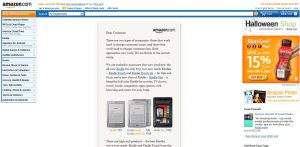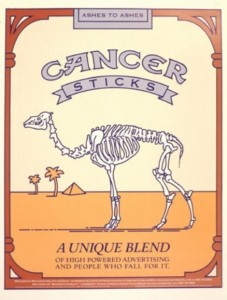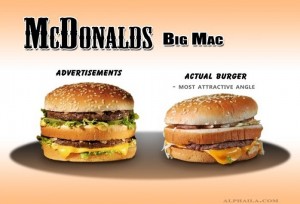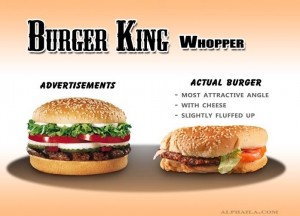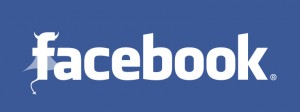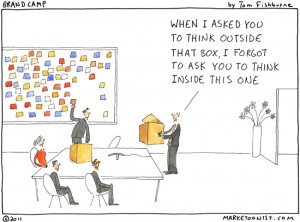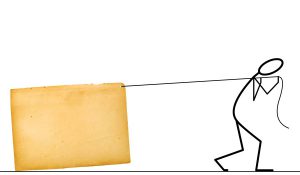Have we advertisers finally crossed the line? Are we so blinded by conquering new markets that we are willing to stick a knife into innocence? It seems so, if the latest report on Advertising to Infants from Adweek is anything to go by.
It seems the phrase “get them young” is being held to high regard here. In the United States, brands like Disney, Audi and McDonalds have run promotional activities aimed at the very young.

For example, Disney was observed to have given out free one-piece baby suites (decorated with Disney characters of course) to new mothers in hospitals in exchange for e-mail addresses.
What the hell is going on here? Or should the question be why the hell this is going on?
1. Babies or toddlers don’t distinguish between fantasy and reality. So it is a game of getting them while they’re still susceptible.
2. Babies are able to record mental images of corporate logos and mascots; and request specific brands as soon as they are able to speak.
3. Parents are also easily influenced by their children’s brand preference. If you had a screaming kid wanting to go to McDonalds, would you take him to Burger King instead?
4. An American child, upon turning 3, can recognize an average of 100 logos. Brands are fighting to be in this list early on
5. Technology is being used to pacify babies: think smartphones, iPads and even the humble TV. Brands are ever-eager to develop branded, baby-friendly apps and TV programmes.
It’s sad that infants’ susceptible nature are being manipulated and taken advantage of just for the purpose of increasing market share.
It’s sadder that kids these days are growing in front of LCD screens rather than their mums and dads.
And the saddest of all is the fact that brands are taking advantage of such an unfortunate development.
I know that this is only happening in the US, but who’s to say that we are far behind, especially with the availability of channels like Baby TV.
How long do you think it will be before marketers in Malaysia realize they can program babies into liking their products?
I shudder at this thought.


